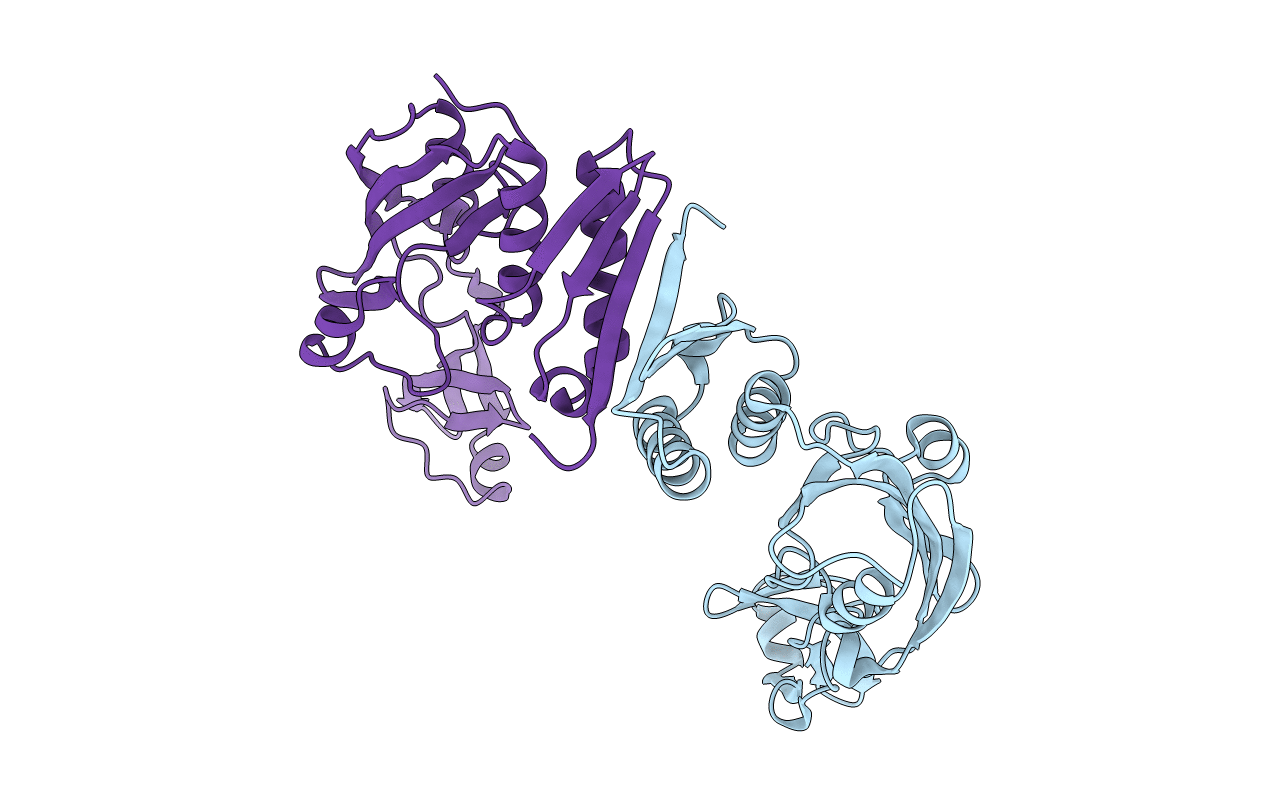
Deposition Date
2010-11-29
Release Date
2011-01-19
Last Version Date
2024-02-21
Entry Detail
PDB ID:
3PRB
Keywords:
Title:
Structural analysis of protein folding by the Methanococcus jannaschii chaperone FKBP26
Biological Source:
Source Organism:
Methanocaldococcus jannaschii (Taxon ID: 2190)
Host Organism:
Method Details:
Experimental Method:
Resolution:
2.20 Å
R-Value Free:
0.27
R-Value Work:
0.22
R-Value Observed:
0.22
Space Group:
P 21 21 21


